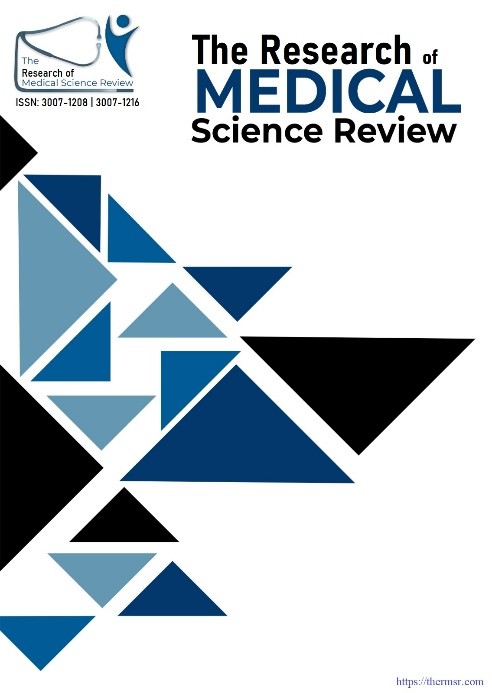FREQUENCY OF VITAMIN D DEFICIENCY AMONG CHILDREN PRESENTING WITH ACUTE RESPIRATORY INFECTION
Main Article Content
Abstract
Background: In children, not having enough vitamin D is today recognized as increasing their risk of acute respiratory infections (Aris). This process modifies the immune systems, often seen when the immune system has not formed fully. Quick recognition of deficiency can minimise ARI cases, seriousness and complications, especially when resources are limited.
Objectives: To learn how many children with acute respiratory infection are vitamin D deficient and look for any correlation between deficiency and how severe their symptoms are.
Study design: A Cross-Sectional Study.
Place and duration of study: From 01 December 2024 to 31 May 2025 Paediatrics Department, Sandeman Provincial Hospital / Bolan Medical College/ Hospital Quetta. Balochistan.
Methods: The study was done over a span of six months at the Paediatrics Department of Sandeman Provincial Hospital / Bolan Medical College/ Hospital Quetta. Altogether, 129 children between the ages of 6 months and 12 years were included who had ARI. The doctor measured serum 25-hydroxyvitamin D and 20 ng/mL or less was regarded as a deficiency. SPSS version 24.0 was used to perform statistical analysis. Statistics and the chi-square test were both employed to analyze possible links between vitamin D and medical measurements.
Results: In the group of 129 children, the mean age was 4.8 years ± 2.7 years. Out of the 130 cases, 82 (63.5%) had insufficient levels of vitamin D (less than 20 ng/mL). The most often seen shortfall was among children less than 2 years old (72%). There was a significant connection between not having enough vitamin D and worse ARI symptoms such as hypoxia and chest retractions (p = 0.021). There was no strong link found between lack of zinc and gender or nutritional health. The study points to how lower vitamin D levels might increase the severity of ARI in children.
Conclusion: A major number of children who visit the clinic for acute respiratory infections often have vitamin D deficiency in the early years. Levels of respiratory symptoms increase significantly with a deficiency. Screening people often and giving vitamin D supplements as needed may assist in reducing serious health issues and improving outcomes. More research using various centers is needed to understand whether vitamin D can be used to prevent paediatric Aris.
Vitamin D, Children, Respiratory Infection and Deficiency are the main keywords.
Downloads
Article Details
Section

This work is licensed under a Creative Commons Attribution-NonCommercial-NoDerivatives 4.0 International License.
